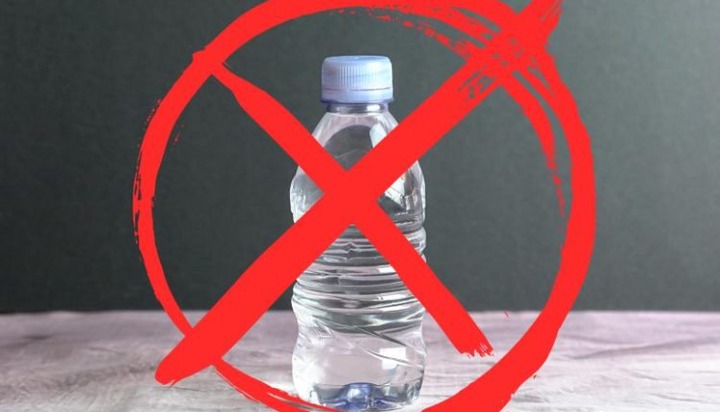
The study’s objective was to determine whether drinking waterborne nitrate and trihalomethanes (THMs) increased the risk of developing prostate cancer. Two of the most frequent pollutants in drinking water are nitrate and THMs. Rainfall washes agricultural fertilizers and intensive livestock farming dung into aquifers and rivers, where the nitrate in the water comes from. Although being a naturally occurring substance, nitrate has had its natural cycle changed, according to Cristina Villanueva, an ISGlobal researcher who specializes in water contamination. The latest research examined the possibility that adulthood’s prolonged exposure to nitrite can cause cancer.
THMs are chemical compounds created as a result of water disinfection, which is typically done using chlorine. THMs can be ingested, but they can also be inhaled and absorbed via the skin while taking a shower, swimming, or doing the dishes, unlike nitrate, which can only enter the body by ingestion. Long-term exposure to THMs has been linked to an increased risk of bladder cancer, but there is currently very little data to support a link between THMs and other cancers.
Higher nitrate intake raised the risk of prostate cancer by a ratio of 2.3 in those with lower fibre intakes (=11 g/day). Higher nitrate intake was not linked to an increased risk of prostate cancer in people who consumed more fibre (>11 g/day).
